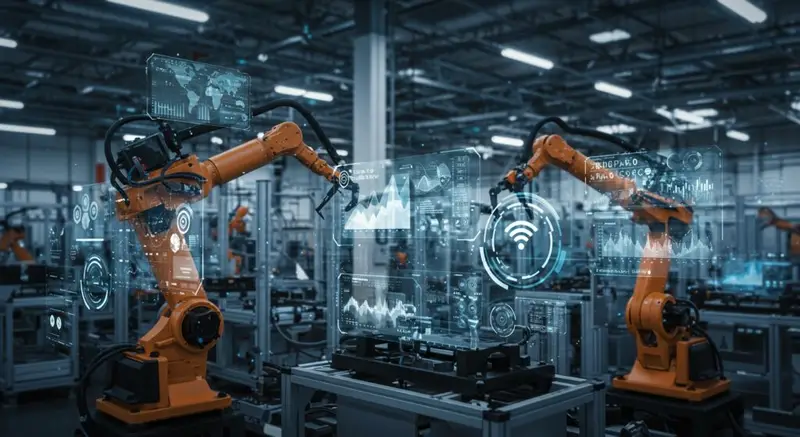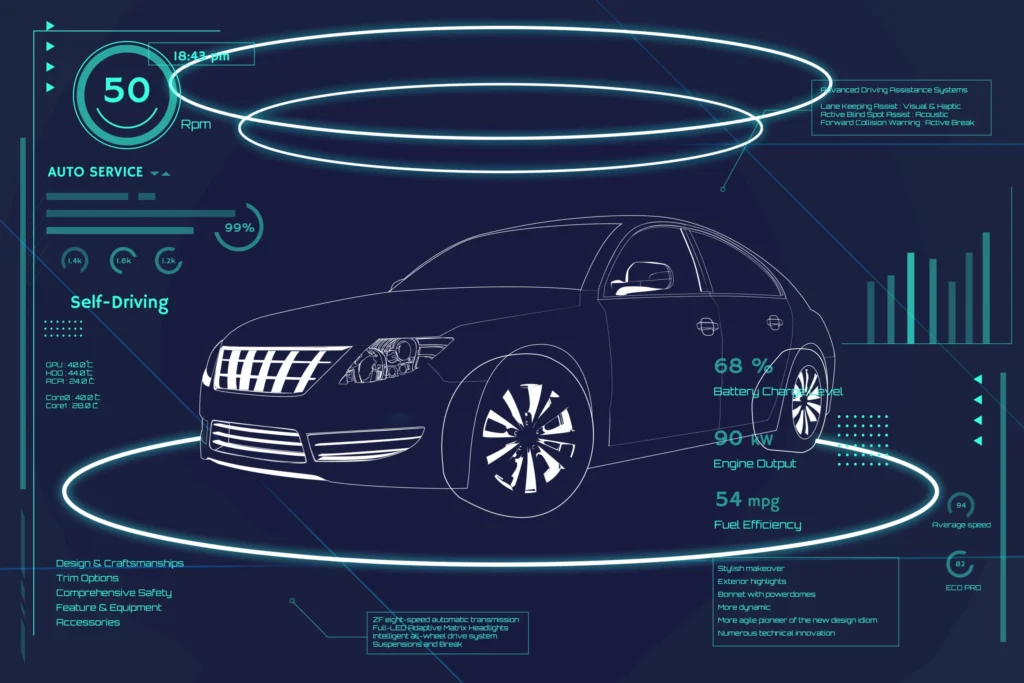Smart Factories and IoT Integration: Unlocking Industrial Potential
The manufacturing landscape is undergoing a profound transformation, driven by the convergence of advanced technologies. At the heart of this revolution are **Smart Factories and IoT Integration**, concepts that are redefining productivity, efficiency, and operational intelligence. A smart factory leverages interconnected systems, real-time data, and automation to create a highly adaptive and optimized production environment. This article delves into the core aspects of smart factories, the pivotal role of IoT, and the immense benefits and challenges associated with their implementation.
Table of Contents
- The Core Concepts of Smart Factories
- Key Benefits of IoT Integration in Manufacturing
- Challenges and Solutions in Smart Factories and IoT Integration
- Future Trends in Industrial IoT
- Conclusion
The Core Concepts of Smart Factories
A smart factory is more than just an automated facility; it’s an intelligent ecosystem where machines, systems, and processes communicate seamlessly. This advanced level of connectivity is primarily enabled by the Internet of Things (IoT). IoT devices, embedded within machinery and production lines, collect vast amounts of data—from temperature and pressure to machine performance and defect rates. This data is then analyzed, often in real-time, to provide actionable insights that drive continuous improvement and predictive capabilities.
The integration of IoT in manufacturing allows for comprehensive visibility across the entire production chain. It facilitates predictive maintenance, optimizes resource allocation, and enables rapid responses to unforeseen issues. The shift from traditional, reactive manufacturing to proactive, intelligent production is a hallmark of the smart factory era, profoundly impacting industrial engineering practices.
Key Benefits of IoT Integration in Manufacturing
The adoption of IoT within smart factories offers a multitude of advantages that translate directly into competitive gains for businesses:
Enhanced Efficiency and Productivity
By monitoring equipment performance and production flow in real-time, smart factories can identify bottlenecks, optimize machine utilization, and reduce downtime. This granular insight leads to significantly higher overall equipment effectiveness (OEE) and increased output.
Predictive Maintenance
One of the most impactful benefits is the ability to predict equipment failures before they occur. IoT sensors gather data on vibration, temperature, and other parameters, allowing maintenance teams to schedule interventions proactively. This minimizes unexpected breakdowns, extends asset lifespans, and reduces maintenance costs.
Improved Quality Control
IoT devices can monitor product quality at every stage of production, flagging anomalies instantly. This real-time feedback loop allows for immediate adjustments, drastically reducing defects and ensuring consistent product quality. Some systems even employ AI-powered vision systems for automated quality inspection.
Real-time Data Analytics
The continuous stream of data from IoT devices feeds powerful analytics platforms. This enables managers to make informed decisions quickly, adapting to changing market demands or unforeseen challenges with agility. It’s a fundamental shift from intuition-based decisions to data-driven strategies.
Challenges and Solutions in Smart Factories and IoT Integration
While the benefits are clear, implementing **Smart Factories and IoT Integration** also presents significant hurdles that need careful navigation:
Data Security Concerns
The vast interconnectedness of smart factories makes them potential targets for cyber-attacks. Robust cybersecurity frameworks, including encryption, secure protocols, and regular audits, are crucial to protect sensitive operational data and intellectual property.
Legacy System Integration
Many existing factories operate with older, disparate systems that were not designed for IoT connectivity. Integrating these legacy systems with modern IoT platforms requires careful planning, middleware solutions, and often phased modernization strategies.
Workforce Skill Gaps
The transition to smart factories necessitates a workforce with new skills in data analytics, industrial IT, and automation. Companies must invest in training and upskilling programs for their employees, or recruit new talent capable of managing these advanced systems.
Future Trends in Industrial IoT
The evolution of industrial IoT is far from over. Future trends include the deeper integration of Artificial Intelligence and Machine Learning for advanced predictive capabilities and process optimization. Edge computing will become more prevalent, processing data closer to its source to reduce latency and bandwidth usage. The rollout of 5G networks will further enhance connectivity, enabling even more complex and real-time applications within smart factories. To understand more about the broader impact of this shift, explore our article on Digital Transformation in Manufacturing.
Consider the stark differences between traditional and smart factories:
| Feature | Traditional Factory | Smart Factory |
|---|---|---|
| Data Collection | Manual, Limited, Disconnected | Automated, Real-time, Integrated |
| Decision Making | Reactive, Human-driven | Proactive, Data-driven, AI-assisted |
| Maintenance | Scheduled, Reactive | Predictive, Prescriptive |
| Flexibility | Rigid, Slow to adapt | Agile, Rapidly reconfigurable |
| Connectivity | Low | High (IoT, Cloud, Edge) |
For more detailed insights on the latest advancements in industrial technology, you can visit a reputable industry research organization like the Industrial Internet Consortium (example link).
Conclusion
The journey towards **Smart Factories and IoT Integration** represents a monumental shift for the manufacturing sector. By harnessing the power of interconnected devices and real-time data, companies can achieve unprecedented levels of efficiency, productivity, and innovation. While challenges persist, the strategic adoption of these technologies promises a future where manufacturing is more agile, resilient, and intelligent than ever before. Embracing this transformation is not just an option, but a necessity for staying competitive in the global industrial landscape.


